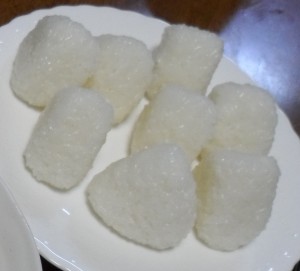

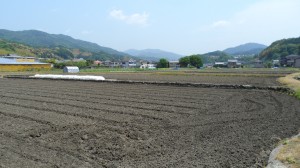
Rice is obviously very popular in Japan and other Asian countries as it has been for centuries. I now understand this fully because I have eaten rice at almost every meal since I have been in Japan. No complaints, I love rice and Japanese people definitely know how to cook it by itself or with something else. I figured since rice is so popular in Japan, I would do a post on it.
According to documentation, rice as been eaten by people since 2500 B.C. It originated in Asian countries and spread west to Europe, Africa, and finally North America and South America. Rice has become and still is one of the most widely cultivated plants in the world (2nd behind corn right now) and that is because of its versatility to live in a wide array of climates including deserts, wetlands, and mountains.
The harvesting process first requires a rice huller to remove the chaff (outer husk of the grain), producing what we call brown rice. The milling process can then be continued removing the bran (the rest of the husk) and the germ, creating what we call white rice. As the milling process is used further, nutrients in the rice are also lost, meaning that brown rice has more nutrients than white rice. Because of this, white rice must be supplemented with vitamin and nutrient powders before being sold to consumers. Parboiled rice is a processing technique that steams or partially boils rice when it still has its husk causing the nutrients to absorb into the white rice grain inside. Parboiled rice is nutritionally superior to standard milled rice, while also having an additional benefit of not sticking to the pan during cooking, as what happens when cooking regular white rice.
There are more than 40,000 different kinds of rice worldwide and they have a wide variety of uses. Starch from rice can be used in making ice creams, gels, puddings, etc. While the rice husk can be used as a fuel, in board and paper manufacturing, or as an insulator. Other parts of the rice plant and byproducts of processed rice can also be used for many things, but the list is very long. Overall, rice has a wide range of uses but most importantly it is the crop that feeds billions of people every day.

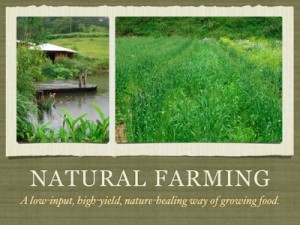
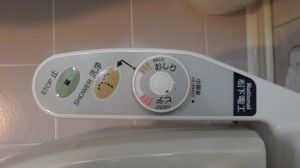 Nadia and I stayed in a hotel in Tokyo our first night in Japan. I had always heard about Japanese toilets and how cool they were but I had never used one myself. I would have to say it was pretty awesome. The one shown here was pretty simple with just wash settings but some toilets have tons of different buttons on them used for a variety of things.
Nadia and I stayed in a hotel in Tokyo our first night in Japan. I had always heard about Japanese toilets and how cool they were but I had never used one myself. I would have to say it was pretty awesome. The one shown here was pretty simple with just wash settings but some toilets have tons of different buttons on them used for a variety of things.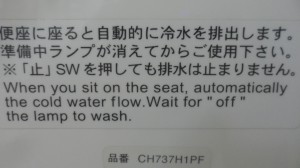 This writing was on the toilet and it was our first experience with Japanglish. Japanese people often use English words on their products but sometimes the words are in the wrong order or the words used do not fit how an American would describe something. This is just one example of many I hope to see while in Japan.
This writing was on the toilet and it was our first experience with Japanglish. Japanese people often use English words on their products but sometimes the words are in the wrong order or the words used do not fit how an American would describe something. This is just one example of many I hope to see while in Japan.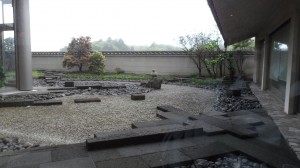 Nadia and I walked outside of the hotel in the morning and lo and behold we found this cute Japanese garden outside of the hotel.
Nadia and I walked outside of the hotel in the morning and lo and behold we found this cute Japanese garden outside of the hotel.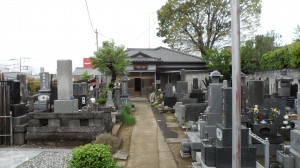
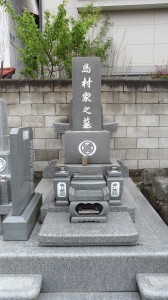
 While Nadia and I were walking around Ometesando we came across a small cemetery with beautifully crafted sculptures and graves.
While Nadia and I were walking around Ometesando we came across a small cemetery with beautifully crafted sculptures and graves.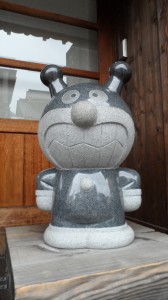 This is a small statue that caught my eye while walking in Ometesando.
This is a small statue that caught my eye while walking in Ometesando.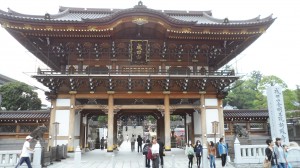 This opening was not only gigantic but beautifully crafted.
This opening was not only gigantic but beautifully crafted.

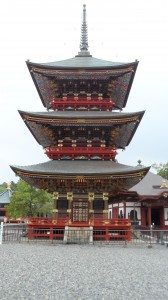
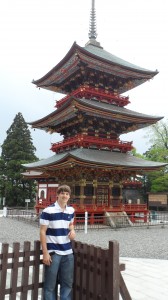

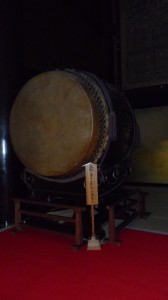 These pictures include the tample grounds, a pagoda on the temple grounds, and inside the temple itself where people were praying and relaxing. Being on the grounds was a very peaceful experience for me as it was very quiet and it included beautiful architecture mixed with natural beauty as you will see below.
These pictures include the tample grounds, a pagoda on the temple grounds, and inside the temple itself where people were praying and relaxing. Being on the grounds was a very peaceful experience for me as it was very quiet and it included beautiful architecture mixed with natural beauty as you will see below.
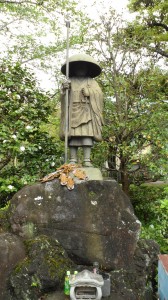
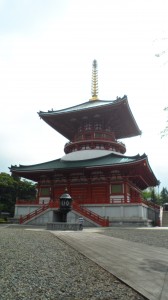 This is the Pagoda of Peace we saw when we were exploring the temple grounds. That little speck in the front is me, so this beautiful work of art is huge!!!
This is the Pagoda of Peace we saw when we were exploring the temple grounds. That little speck in the front is me, so this beautiful work of art is huge!!!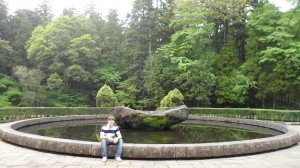
 A really cool fountain and statue we discovered while also touring the temple grounds
A really cool fountain and statue we discovered while also touring the temple grounds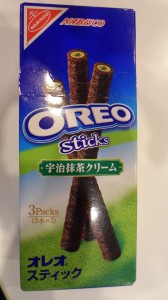 These are green tea Oreo sticks we bought while traveling and yes they were delicious!
These are green tea Oreo sticks we bought while traveling and yes they were delicious!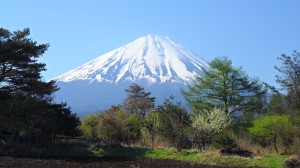

 What a beautiful view to wake up to in the morning.
What a beautiful view to wake up to in the morning.